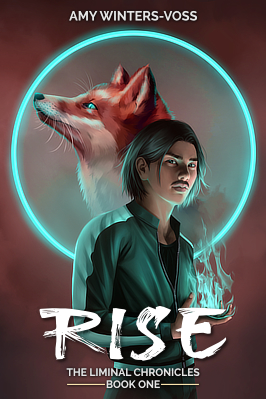Tattoos
Tattoos in Japan have a varied history and reception. Culturally they're taboo, since they're associated with the Yakuza, who get them as a commitment to their new way of life.
Banned in many bath houses, tattoos are considered a form of intimidation for those who aren't in the mafia. As part of the crackdown on yakuza, tattoo artists in Japan are required to have a medical licence.
More and more rockstars and other icons get tattoos now, though it doesn't seem to be the traditional designs depicted in the yakuza tats. Also the Ainu (an indigenous people in Hokkaido) adult women used to tattoo their mouths and hands, though today paint is used.
Traditional motifs are highly personal, with symbolism in the designs. they may tell a story or state the person's personality. Here are some of the motifs and common meanings.
Koi
fortune and endurance
Dragon
wisdom, strength, bravery
Phoenix
triumph, redemption
Snake
good health, prophecy, power
Samurai
code of the warrior, courage, loyalty
Cherry Blossoms
life and it's fleeting nature, renewal
Oni Mask
punishment, behavioral code
Tiger
protection, the wind (elemental animal), strength, courage
Skulls
change, cycle of life, death
Foo Dog (Lion)
protection from evil and danger
Severed Head
fearlessness, bravery
Peony
wealth, carefree
Chrysanthemum
symbol of imperial family
Maple Leaves
time passing
Louts
struggle, reaching potential
Water
life, powerful force
Our main character, Umeji Tatsuya, also has Kitsune in his tattoo designs. To him they represent protectors. They're also his favorite characters from mythology.
In Japanese some of the words for tattoo include:
wabori
traditional designs
youbori
western designs
horimono
traditional tattoos (literally: carving, engraving)
irezumi
ink insertion (can refer to the forcible tattooing of criminals in the Edo period)
tattoo
タトゥー (katakana of the English word)
The traditional method uses specialized ink (that develops and becomes more vibrant over time) and is inserted with needles attached to a wooden stick and hand poked into the skin. It's expensive, time intensive and painful.
In Western style tattooing the customer tells the artist what they want.
Traditional is different in part because it often covers a large portion of the body. The customer comes in with an idea and the artist can refuse. If accepted, the artist will work with the customer to have the best overall design.
Work in Progress
This article will be expanded in the future.
Stub
This article will be expanded in the future.
Definition
This article stub serves as a simple definition.




















Comments